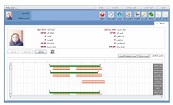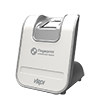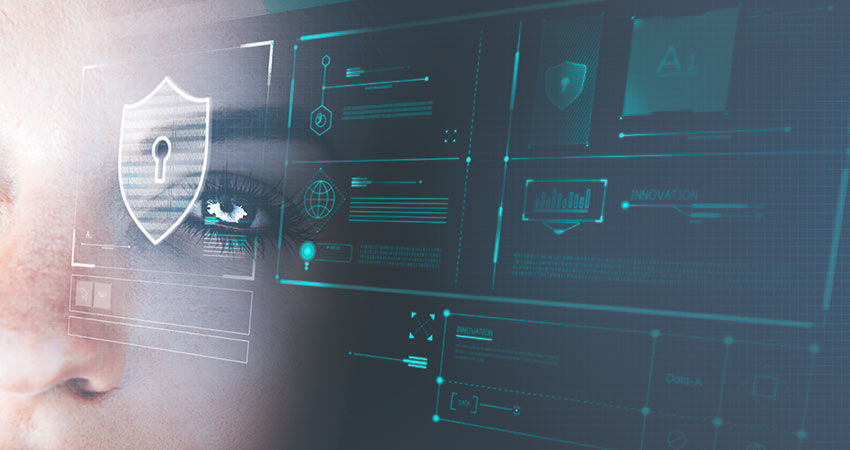As security breaches and unauthorized access to private property continue to rise, it has become increasingly important to protect your premises and assets. In this presentation, we will explore the fundamentals of access control systems and help you make informed decisions about implementing these security measures.
Table of contents:
- Why Access Control Systems are Essential for Security
- Different Types of Access Control Systems
- Components of an Access Control System
- How Access Control Systems Work?
- Benefits of Using Access Control Systems
- Common Features and Functionalities of Access Control Systems
- Factors to Consider When Choosing An Access Control System
- Implementing and Managing Access Control Systems
- Conclusion: Enhancing Security with Access Control Systems
Why Access Control Systems are Essential for Security
Access control systems are vital in securing your property and keeping your assets safe from both external and internal threats. With these systems, you can control who gets in and out of your premises, keeping track of visitors, employees, and other individuals accessing your property.
Different Types of Access Control Systems
Traditional Key-Based Systems
These systems use mechanical keys to allow or deny entry to a premises. While still popular, they are less secure than modern electronic systems.
Electronic Systems
Electronic systems like PIN codes and swipe cards are more common nowadays. These grant access to specific individuals and can restrict access according to assigned schedules.
Biometric Access Control Systems
Sensors scan biometric identifiers like fingerprints, iris patterns or faces to identify and grant access to individuals.
Components of an Access Control System
Credentials
These identify the user and are the basis of how access control systems function.
Control Panel
Used to manage and control access to premises through electronic devices.
Doors and Locks
These are essential in preventing unauthorized access and controlling movement within a building.
Software
Allows you to create and manage user credentials, access permissions, and view logs of who entered and exited a location.
How Access Control Systems Work?
Authentication
The user presents a credential to be checked against preset conditions such as time, location, and level of security.
Authorization
If the credentials pass the authentication test, the user is granted entry into premises according to his/ her assigned access permissions.
Monitoring and Management
The system owner can monitor and manage access records, issued credentials, log activities, and updates access permissions.
Benefits of Using Access Control Systems
Enhanced Security
Access control systems mitigate risks associated with keeping digital or physical assets safe by improving security levels in a property.
Improved Productivity
With an access control system, you can track the movements of employees, record entries and exits, and better understand how they use the premises.
Cybersecurity
Access control systems can help protect digital assets by controlling who has access to networks, servers, and data storage facilities.
Common Features and Functionalities of Access Control Systems
Time and Attendance
Access control systems can be used to keep track of employee clock-ins and outs and to monitor attendance.
Visitor Management
They can record and monitor visitor entry, creating temporary credentials when necessary.
Intrusion Detection and Alerts
Intrusion Detection and Alerts
Factors to Consider When Choosing An Access Control System
Location
The physical location of the property and the nature of the business can impact access control features needed.
Budget
The number of doors or entry points, types of systems, and number of access credentials required can affect the overall cost of implementing the system.
User Requirements
Depending on the type of credential, the user may need to remember a password, carry an ID or swipe card, or use biometric identifiers.
Maintenance Requirements
It's important to know the level of maintenance needed to ensure the system consistently functions optimally and that the software technology is updated where necessary.
Implementing and Managing Access Control Systems
Implementing an access control system will require careful planning, integration with existing systems, and active management. It's critical to train and educate employees or family members on access control protocols, policies, and emergency procedures. Additionally, you'll need to establish an access control management team to supervise and manage the system's day-to-day operations.
Conclusion: Enhancing Security with Access Control Systems
Access control systems are becoming increasingly crucial in today's world, where security threats are constantly on the rise. From managing employee attendance, ensuring only authorized visitors can enter your premises, and protecting confidential data, access control systems can play a significant role in ensuring the safety and security of your property. By considering the factors outlined in this presentation, you can choose and implement the right access control system that meets your specific needs and enhances your security.







































































